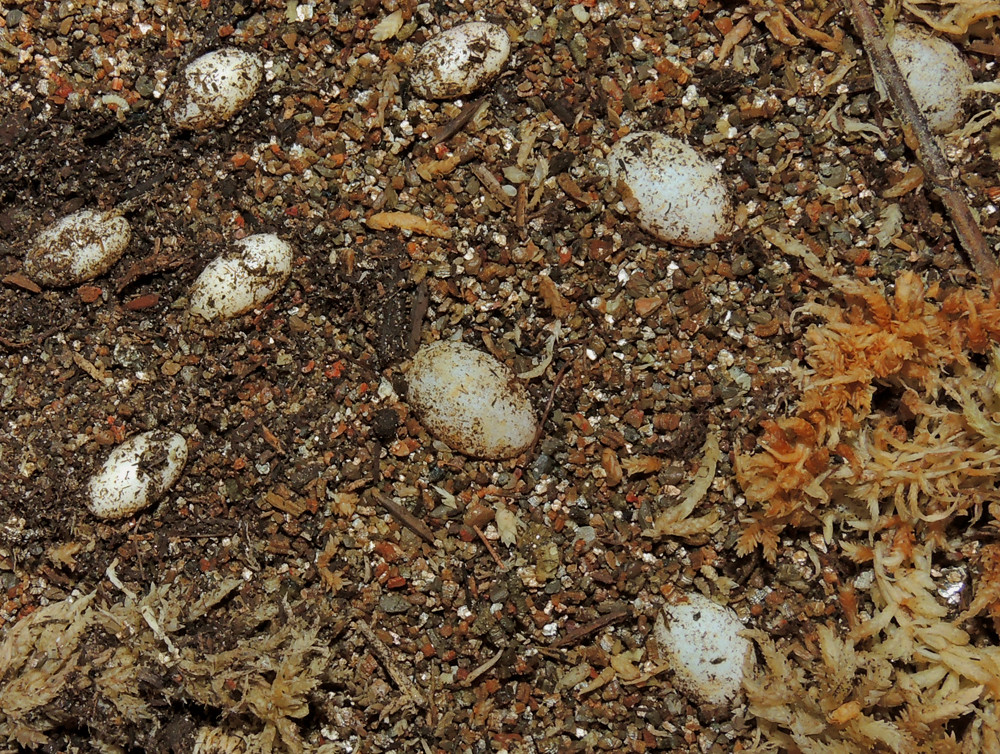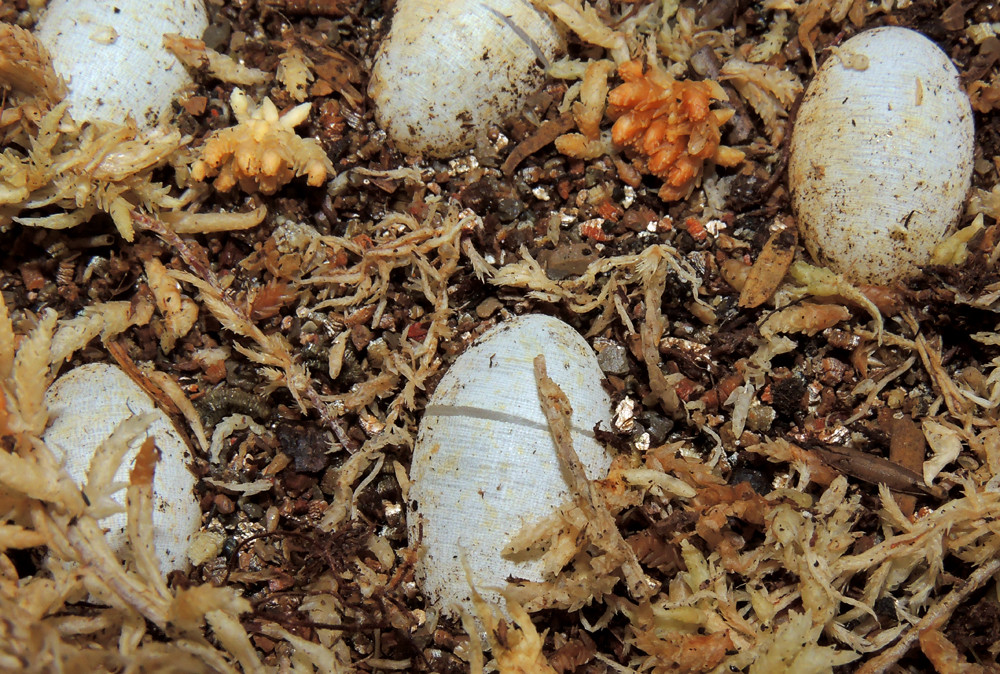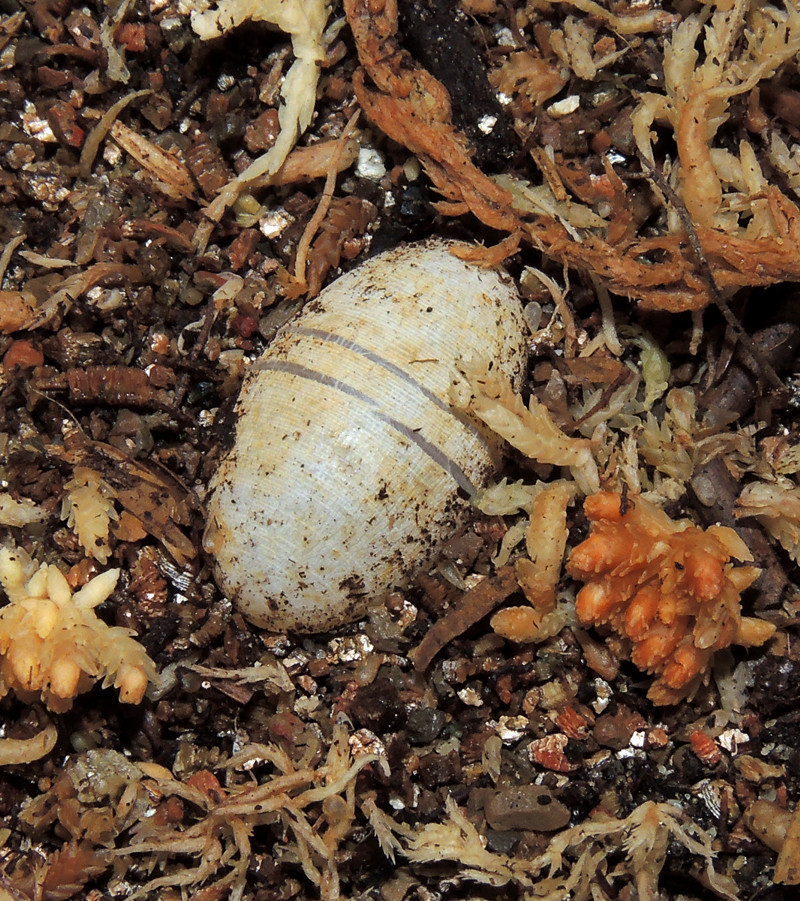Great videos and gorgeous chameleons. Thanks for sharing.
I'd love to get in line if you offer any juveniles for sale.
Thank you for your king comments, Jim. I'd be more than happy to get some of these to you if I am successful raising them. It would be my first go at hatching and raising chameleons, so wish me luck









